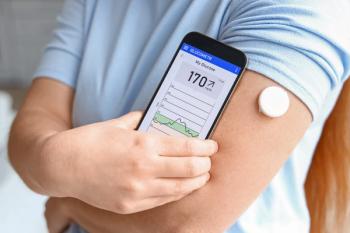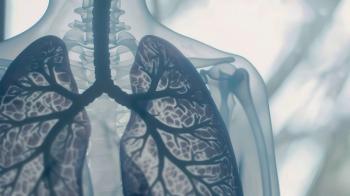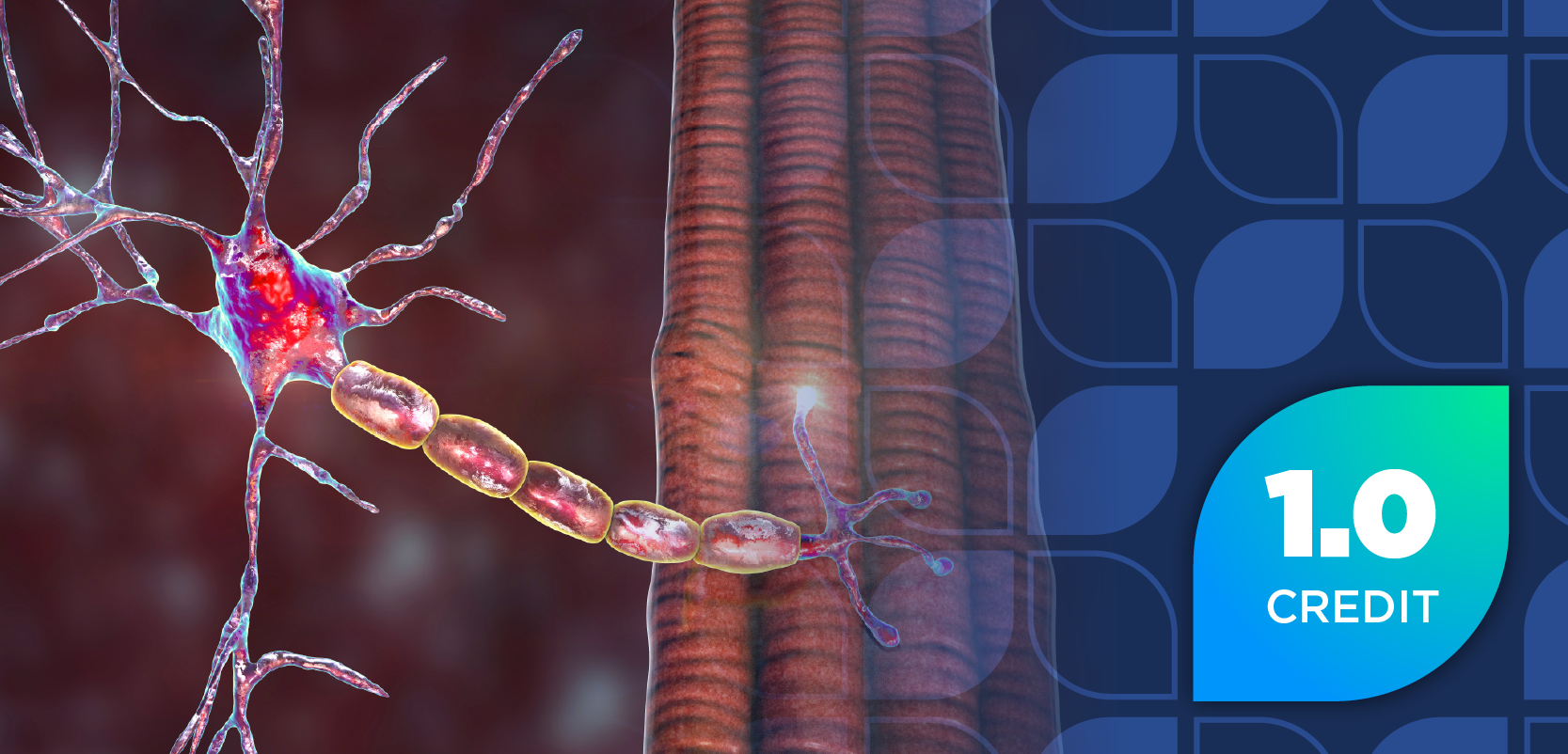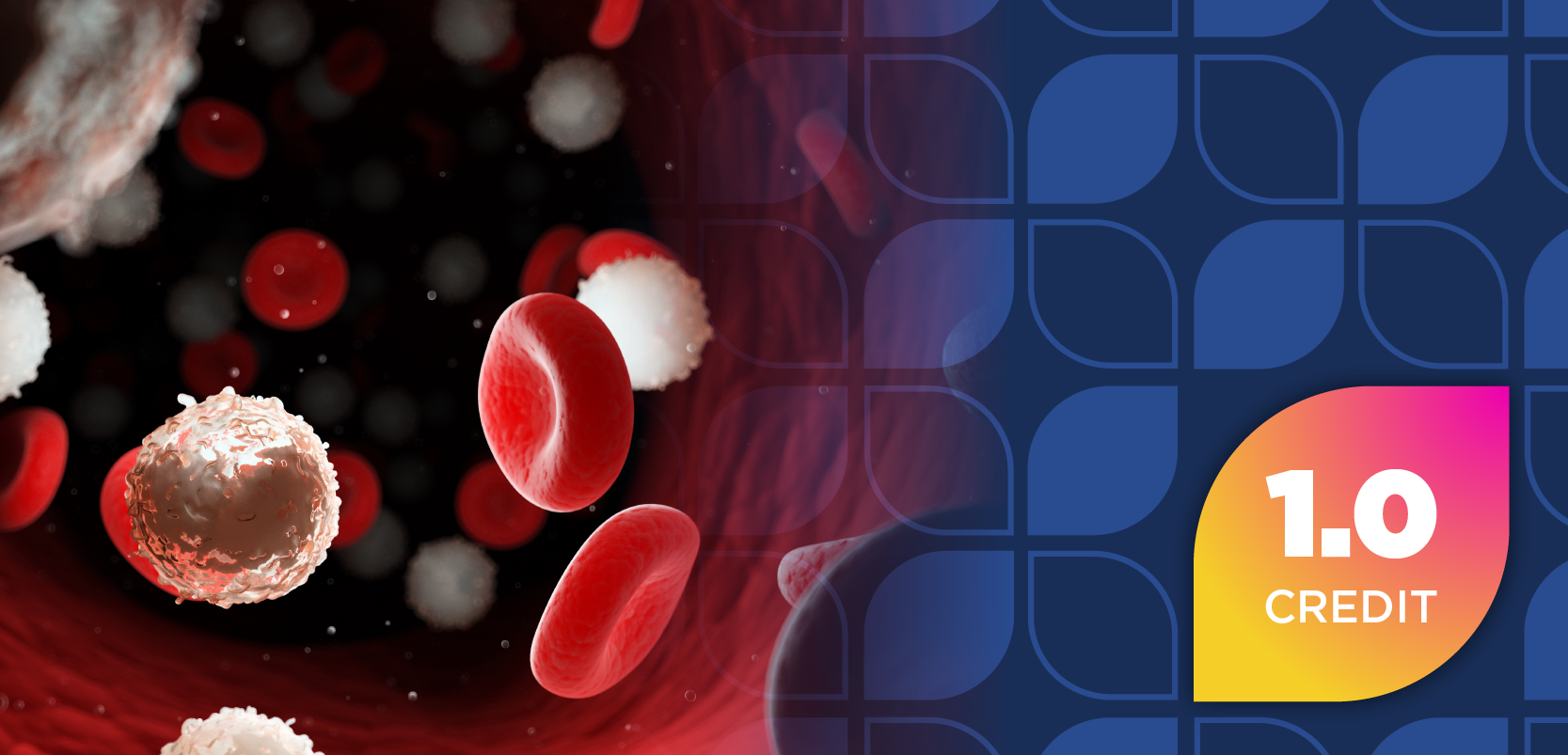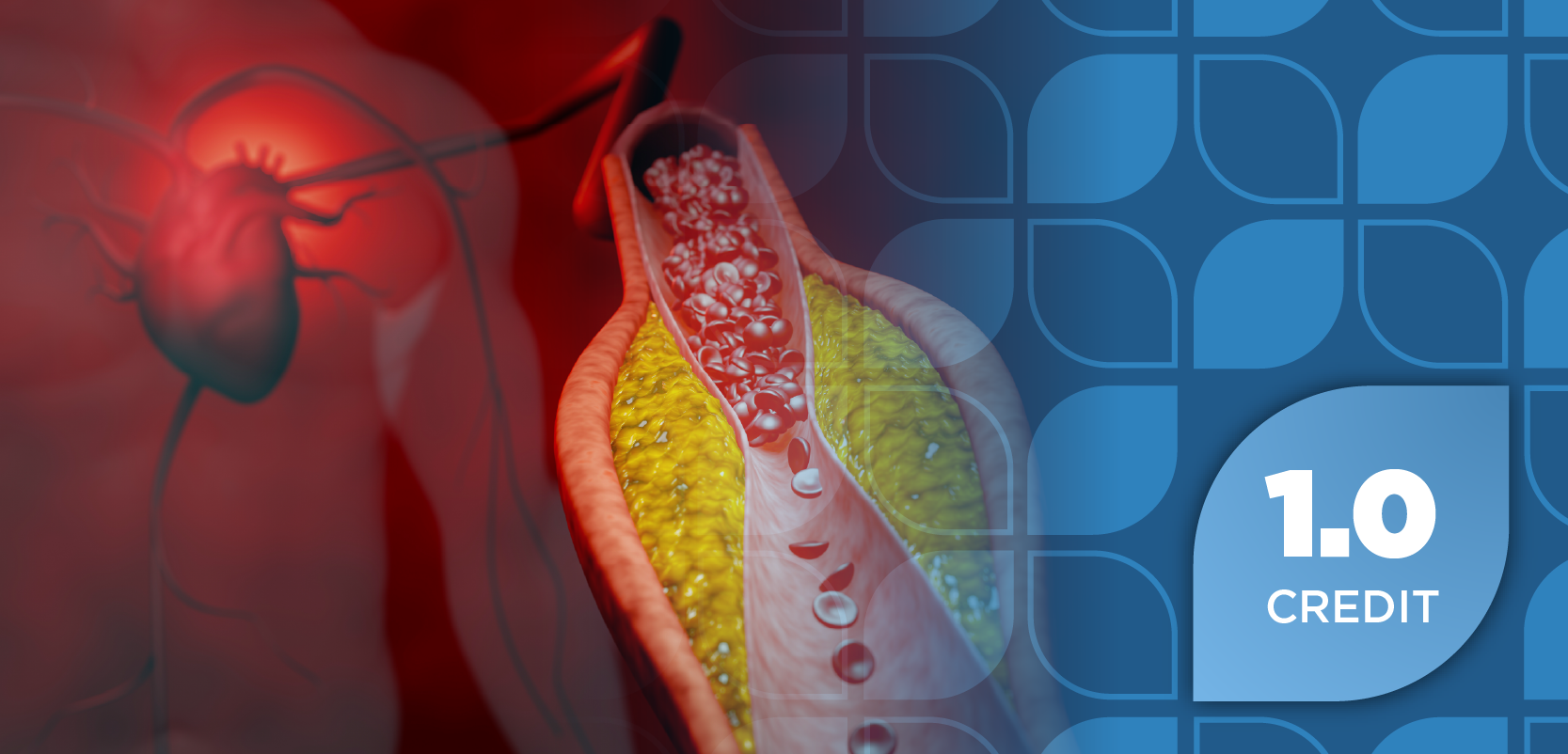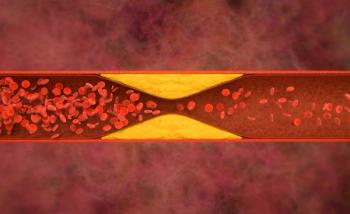
3 Facts About Dormant Butt Syndrome
It may have a funny name, but dormant butt syndrome causes some patients to experience knee, back, or hip pain.
It may have a funny name, but dormant butt syndrome causes some patients to experience knee, back, or hip pain.
Chris Kolba, PT, PhD, MHS, a physical therapist at the Ohio State University Wexner Medical Center, told Pharmacy Times that he coined the term after seeing patients come into his clinic with gluteus or butt muscle that wasn’t working as efficiently as it should.
“People usually chuckle or laugh when I tell them they have dormant butt syndrome,” Dr. Kolba said. “It’s a funny name that gets people’s attention, but it identifies a significant piece of the puzzle that is contributing to the complaints/problems that they are presenting with.”
Here are 3 things to know about dormant butt syndrome:
1. It’s caused by weak or inefficient butt muscles.
Dr. Kolba explained that when butt muscles don’t work as well as they should, they don’t absorb shock, or control motion, and they don’t “generate forces” as they should.
“Therefore, other areas are subject to more stress or compensation, which can lead to pain in the back, hip, or knee,” Dr. Kolba said. “The main cause is usually a tight hip flexor.”
In addition to pain, dormant butt syndrome could lead to hamstring injuries and knee injuries that may require surgery.
2. Both sedentary and active patients can develop dormant butt syndrome.
You’d think that this condition only developed in couch potatoes, but athletes aren’t spared from it.
“We see it in athletes also due to the repetitive nature of what they do—running and jumping—which feeds into the hip flexor getting tight,” Dr. Kolba said. “The rear end should act as support for the entire body and as a shock absorber for stress during exercise, but if it’s too weak, other parts of the body take up the slack and often results in injury.”
Dr. Kolba also pointed out that technology has led to more individuals spending
In addition to inactivity and repetitive physical exercise, certain sleep positions may contribute to the syndrome.
3. Not surprisingly, treatment requires getting your butt moving again.
“Treatment for this would include stretching the hip flexor and doing exercises targeted at strengthening/activating the gluteal muscles such as weighted bridges, lateral lunges with cross reach, and single leg modified dead lifts to name a few,” Dr. Kolba said.
Patients should also make sure to take breaks from sitting and walk around as much as possible. If they’re already active, they should remember to add some exercises that strengthen the gluteal muscles into their routine.
Pharmacists may be able to help with some OTC pain relievers if patients are experiencing discomfort due to dormant butt syndrome.
Newsletter
Stay informed on drug updates, treatment guidelines, and pharmacy practice trends—subscribe to Pharmacy Times for weekly clinical insights.


